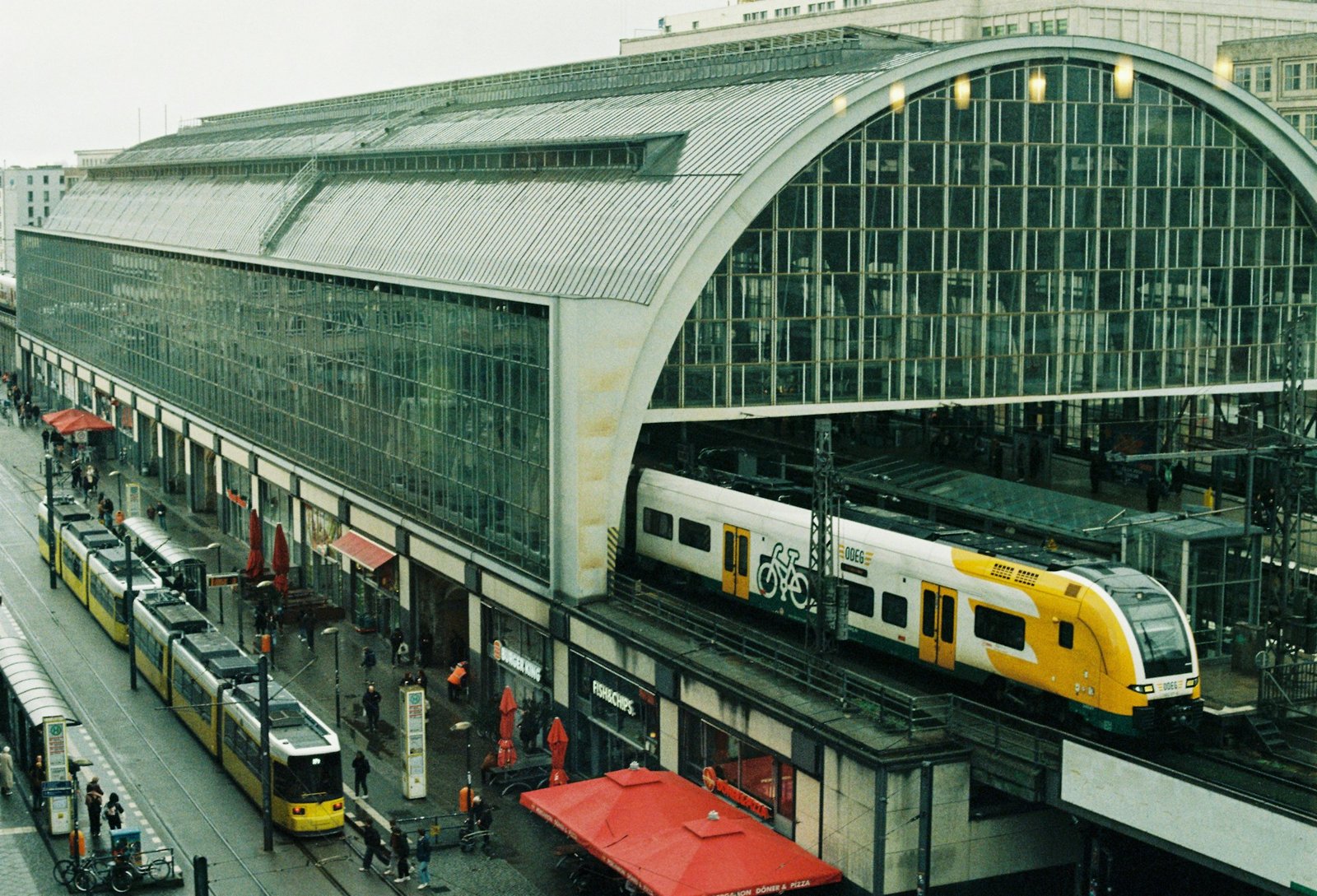
Exploring France by train—now, that’s a travel idea that somehow manages to feel both classic and cleverly modern at the same time. The French rail network is like a well-oiled machine designed to whisk you from one iconic city or quaint village to the next with enviable speed and style. It’s hard to beat the combination of quick, easy, and genuinely scenic. You hop on a sleek TGV, and before you know it, Paris fades behind you, replaced by rolling vineyards, charming chateaux, or the rugged coastline of Brittany.
Sure, flying gets you there faster, but it misses the point—France by train isn’t just about getting there; it’s about being on the journey. Sliding past sun-dappled fields and seaside cliffs through a large window feels like a moving postcard. Plus, it’s refreshingly low-stress. No security lines that make you question your life choices or nerves about missed connections. You settle in, maybe with a baguette or wine nearby, and just relax as the landscape changes outside.
Of course, it’s not always perfect—occasional delays or crowded rush hours remind you you’re not alone on this romantic ride. But that imperfection somehow adds to the charm, making train travel in France not just practical, but oddly memorable.Exploring France by train—now, that’s a travel idea that somehow manages to feel both timeless and modern, all at once. The French rail network is like a fine-tuned machine, designed to whisk you from one iconic city to another charming village with enviable speed and ease. Quick? Absolutely. Easy? Mostly. Scenic? Oh, definitely. Jump on a TGV, and in no time, Paris will be a blur behind you, replaced by rolling vineyards, fairytale châteaux, or rugged coastline views that honestly deserve a pause button.
Flying might be faster, sure, but misses this whole romantic notion of the journey itself. Train travel in France is like a moving postcard, framed by wide windows, complete with the occasional baguette or a cheeky bottle of wine at your side. It’s refreshingly low-stress compared to airport chaos, letting you relax as the ever-changing landscape does the storytelling.
Of course, perfection is elusive—there are delays, packed trains, and that weird guy who sits just a bit too close. But hey, those quirks add unexpected texture. So whether you’re a Paris-to-Nice speed demon or a slow traveler savoring every stop, France by train is as much about the ride as the destination.
Why Train Travel to France Makes Perfect Sense (Most of the Time)
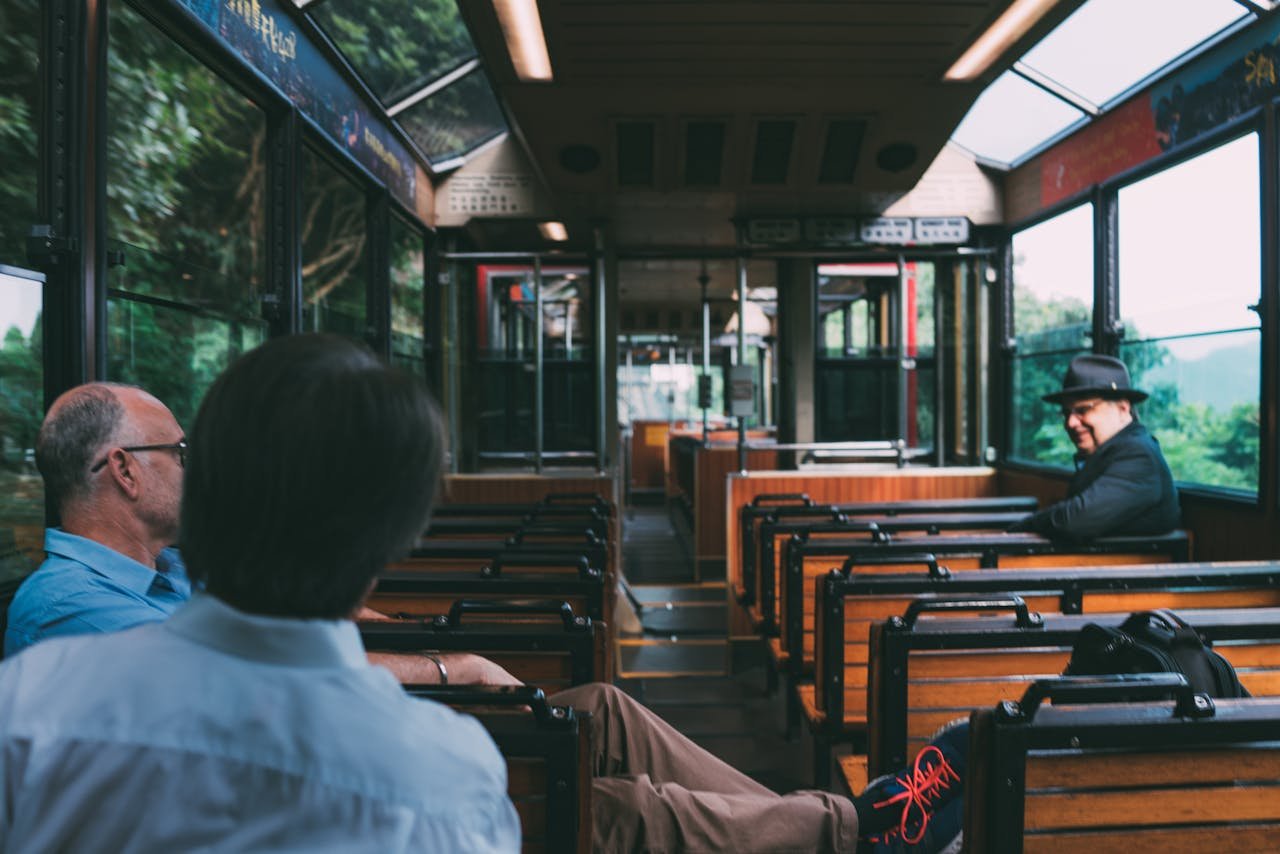
Let’s start with the obvious: traveling to France by train isn’t just possible—it’s genuinely pleasant. The Eurostar whisks you from London to Paris in just over two hours, city center to city center. No arriving three hours early for security theater, no liquid restrictions that make you question whether your moisturizer counts as a weapon, and definitely no mysterious airline fees that appear like unwelcome party guests.
The train routes to France have evolved into something rather sophisticated. You can reach Paris from London via the Channel Tunnel, connect to high-speed TGV trains that’ll take you anywhere in France, or hop on regional trains that meander through countryside so picturesque it feels almost insulting to your camera phone.
But here’s what nobody tells you: train travel has its own peculiar rhythm. It’s not the frantic rush of air travel or the stop-and-start frustration of driving. It’s more like… well, like having a conversation with Europe itself.
The Eurostar Experience: London to Paris Without the Drama
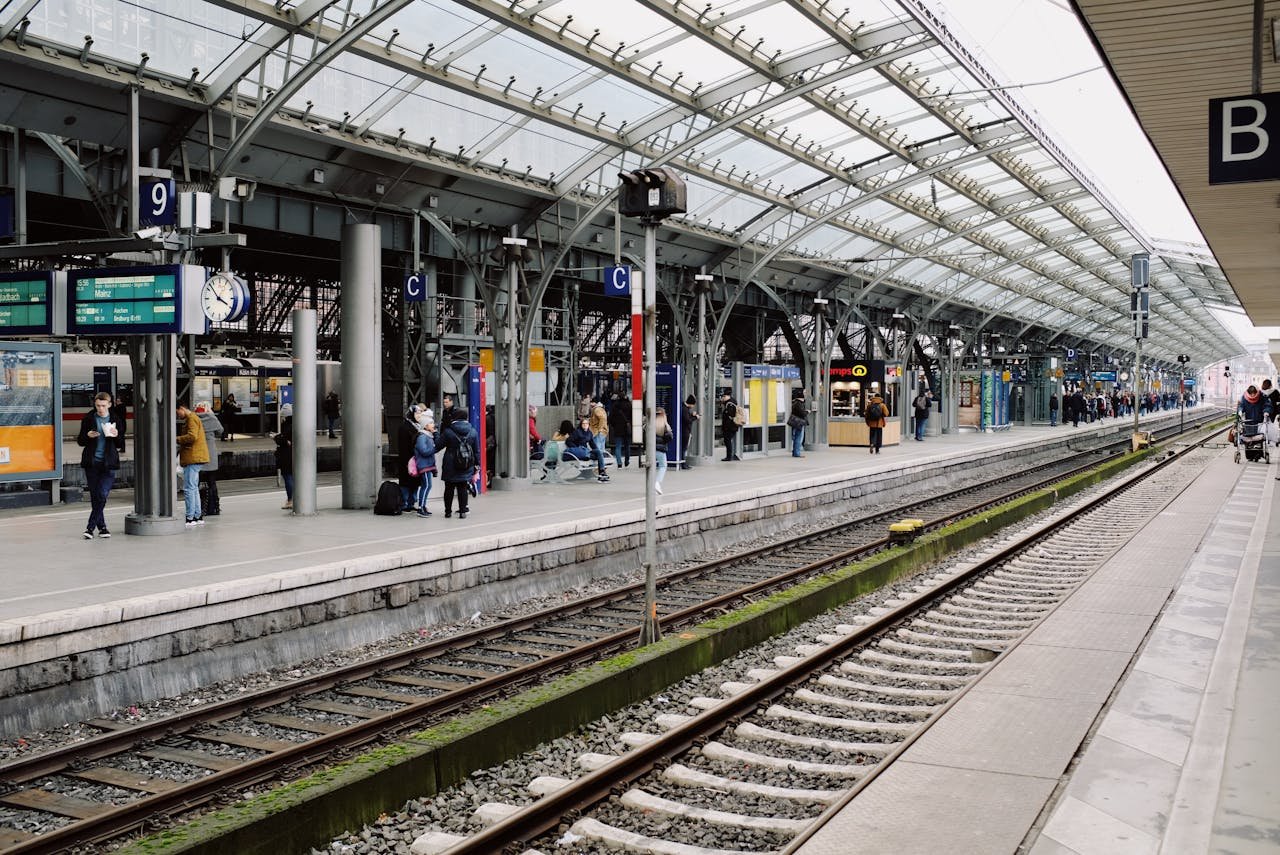
The Eurostar train to France departs from St. Pancras International in London, a station so beautiful it makes you wonder why airports look like shopping mall purgatory. You need to arrive about 30 minutes before departure—not three hours, thirty minutes—for passport control and a surprisingly civilized security check.
I remember my first Eurostar journey vividly. I’d packed like I was crossing the Atlantic, complete with enough snacks to survive a minor apocalypse. Turns out, there’s a perfectly decent café car, and the journey is short enough that you won’t develop scurvy from lack of fresh fruit.
The Channel Tunnel train journey itself is oddly anticlimactic. You’re chatting with your travel companion one moment, and the next you’re in France. No dramatic moment of revelation, no “we’re now crossing international waters” announcement. Just a slight change in the countryside outside your window and suddenly everyone’s speaking French.
Eurostar Classes: Standard, Standard Premier, and Business Premier
Standard Class gets you there comfortably enough, with seats that don’t require yoga training to exit. Standard Premier adds wider seats and a light meal that’s actually edible—no small feat in travel cuisine. Business Premier includes lounge access, flexible tickets, and the kind of service that makes you feel slightly important.
Honestly, unless you’re traveling for business or have money to burn, Standard Premier hits the sweet spot between comfort and cost.
Beyond Paris: Connecting to France’s High-Speed Rail Network
Once you’re in Paris, the real adventure begins. France’s TGV high-speed trains connect to virtually everywhere worth visiting, and some places that aren’t but are charming anyway. These trains reach speeds of up to 320 km/h (200 mph), which sounds impressive until you realize you’re so comfortable you might actually fall asleep and miss the countryside blurring past.
The SNCF Connect platform (formerly OUI.SNCF) is your digital gateway to booking these connections. Fair warning: the website can be as temperamental as a French waiter during lunch rush, but persistence pays off.
Popular TGV Routes from Paris
- Paris to Lyon: 2 hours to France’s gastronomic capital
- Paris to Marseille: 3 hours to Mediterranean bliss
- Paris to Bordeaux: 2 hours to wine country heaven
- Paris to Nice: 5.5 hours along the Mediterranean coast
- Paris to Strasbourg: 1 hour 45 minutes to Alsace charm
Alternative Routes: The Scenic (and Sometimes Chaotic) Options

Not everyone needs to rocket through France at TGV speeds. Sometimes the journey really is the destination, which sounds like Instagram wisdom but happens to be true for regional train travel in France.
I once took a regional train from Paris to a small town in Normandy, purely because the TGV didn’t stop there. The journey took three times longer, the train had character (read: it made interesting noises), and I ended up chatting with a local farmer who gave me restaurant recommendations that no guidebook would ever include.
Ferry Connections: The Maritime Alternative
If you’re feeling adventurous (or perhaps nostalgic), ferry services to France still operate from Dover to Calais and Portsmouth to various French ports. You can bring your car, experience the English Channel in all its moody glory, and arrive in France with a genuine sense of having traveled somewhere.
The Dover-Calais route takes about 90 minutes and connects easily to French rail networks. It’s slower than Eurostar but offers something planes never will: the gradual transition from one country to another.
Practical Considerations: What They Don’t Tell You in the Brochures
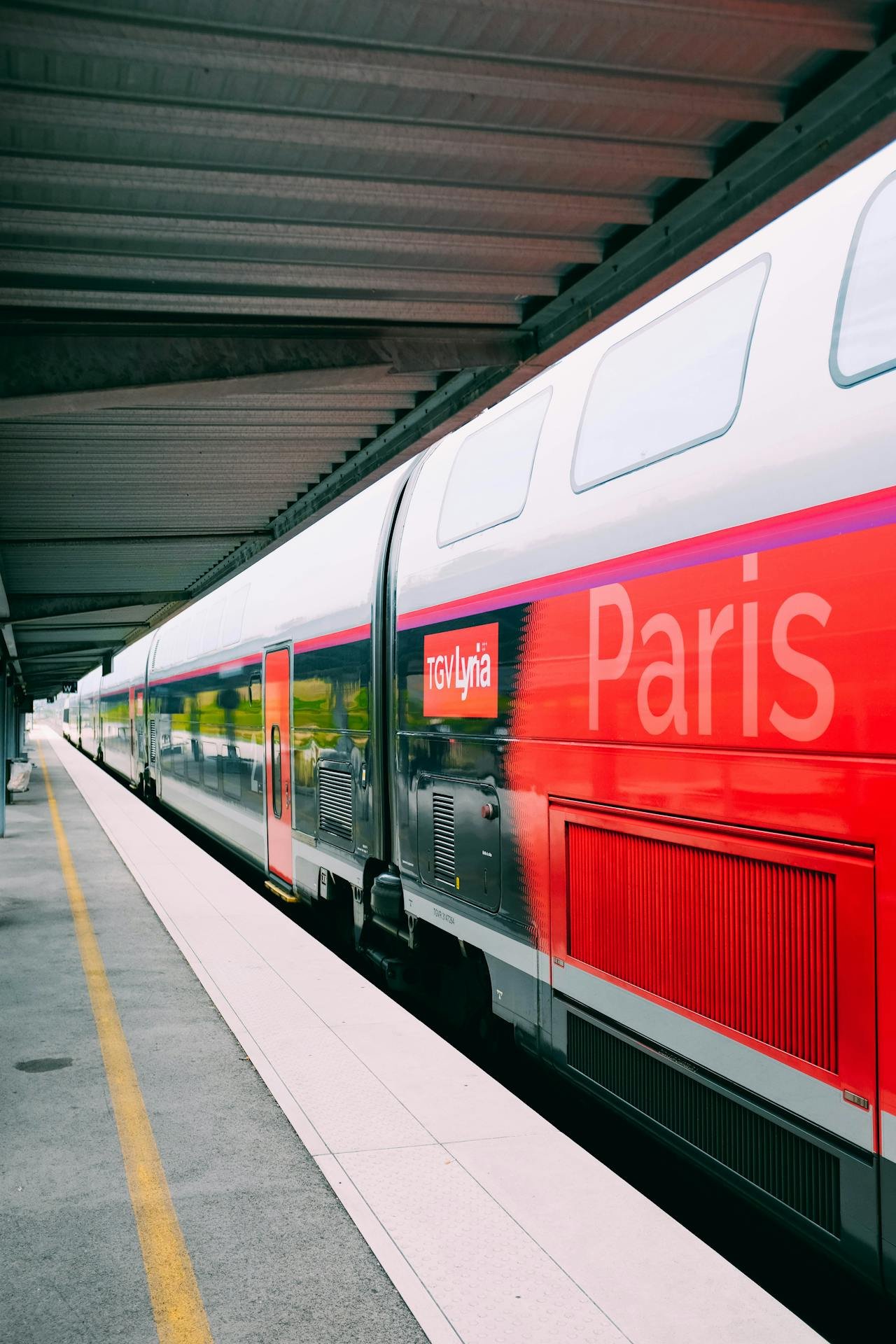
Let’s talk reality for a moment. Train travel costs to France can vary wildly depending on booking timing, flexibility, and your tolerance for early morning departures. Book advance tickets and you might snag a Eurostar seat for £35. Book last-minute and prepare to pay more than a short-haul flight would cost.
French trains are generally punctual, but “generally” is doing some heavy lifting here. I’ve experienced delays due to strikes (more common than you’d think), weather, and once, memorably, what the conductor announced as “technical difficulties” but appeared to involve three maintenance workers having an animated discussion about football.
Luggage and Practicalities
Unlike airlines, trains don’t weigh your luggage or charge extra for bringing a normal amount of stuff. You can pack that extra pair of shoes without financial penalty, though you will have to carry everything yourself. Train stations aren’t exactly known for their abundance of escalators.
European rail passes can offer value if you’re planning multiple countries, but do the math. Sometimes individual tickets work out cheaper, especially if you’re not planning to recreate the Grand Tour of Europe in two weeks.
Booking Your French Train Adventure
Recommended Booking Platforms:
Eurostar Official Website (https://www.eurostar.com)
The source for London-Paris-Brussels connections, with the best deals and most flexible booking options.
SNCF Connect
France’s national railway booking platform, essential for domestic TGV and regional trains.
Trainline
User-friendly platform with small booking fees but excellent customer service and mobile tickets.
Omio
Multi-modal platform comparing trains, buses, and flights across Europe.
Rail Europe
Particularly useful for North American travelers planning European rail journeys.
Interrail
For multi-country rail passes and inspiration for extended European adventures.
OUIGO
Budget TGV services with advance booking required but significant savings.
Captain Train
Now integrated into SNCF Connect but worth mentioning for historical completeness.
DB Navigator App
Deutsche Bahn’s app works surprisingly well for booking international connections through Germany.
Eurail
Classic rail pass option for flexible European travel planning.
The Unexpected Pleasures of Slow Travel
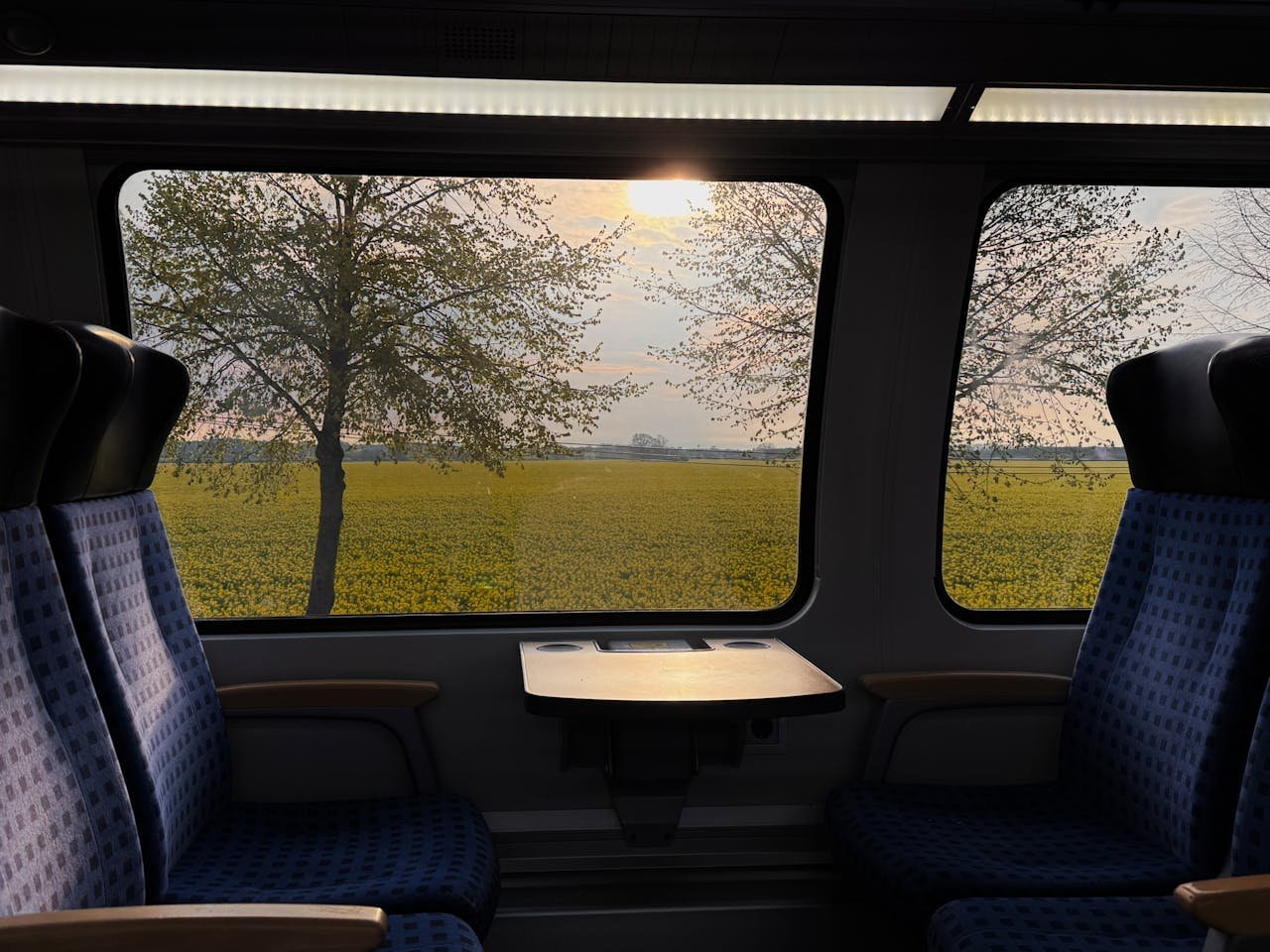
There’s something almost meditative about train travel that I hadn’t expected. You’re moving fast enough to feel like you’re getting somewhere, but slowly enough to actually see the landscape change. Flying over France shows you clouds and the occasional geometric pattern of farmland. Taking the train through France shows you the real country: small towns with impossible-to-pronounce names, forests that look like fairy tale illustrations, and rivers that meander like they have all the time in the world.
I started bringing a notebook on train journeys, not because I’m particularly literary, but because trains seem to encourage that kind of old-fashioned contemplation. You can’t doom-scroll as effectively when the scenery keeps demanding your attention.
Meeting Fellow Travelers
Train travel has a social element that flying lacks entirely. Shared tables in dining cars, conversations struck up during platform delays, the communal experience of watching countryside roll past—it’s travel as it used to be, before we all retreated behind noise-canceling headphones and airplane mode.
Seasonal Considerations and Weather Reality
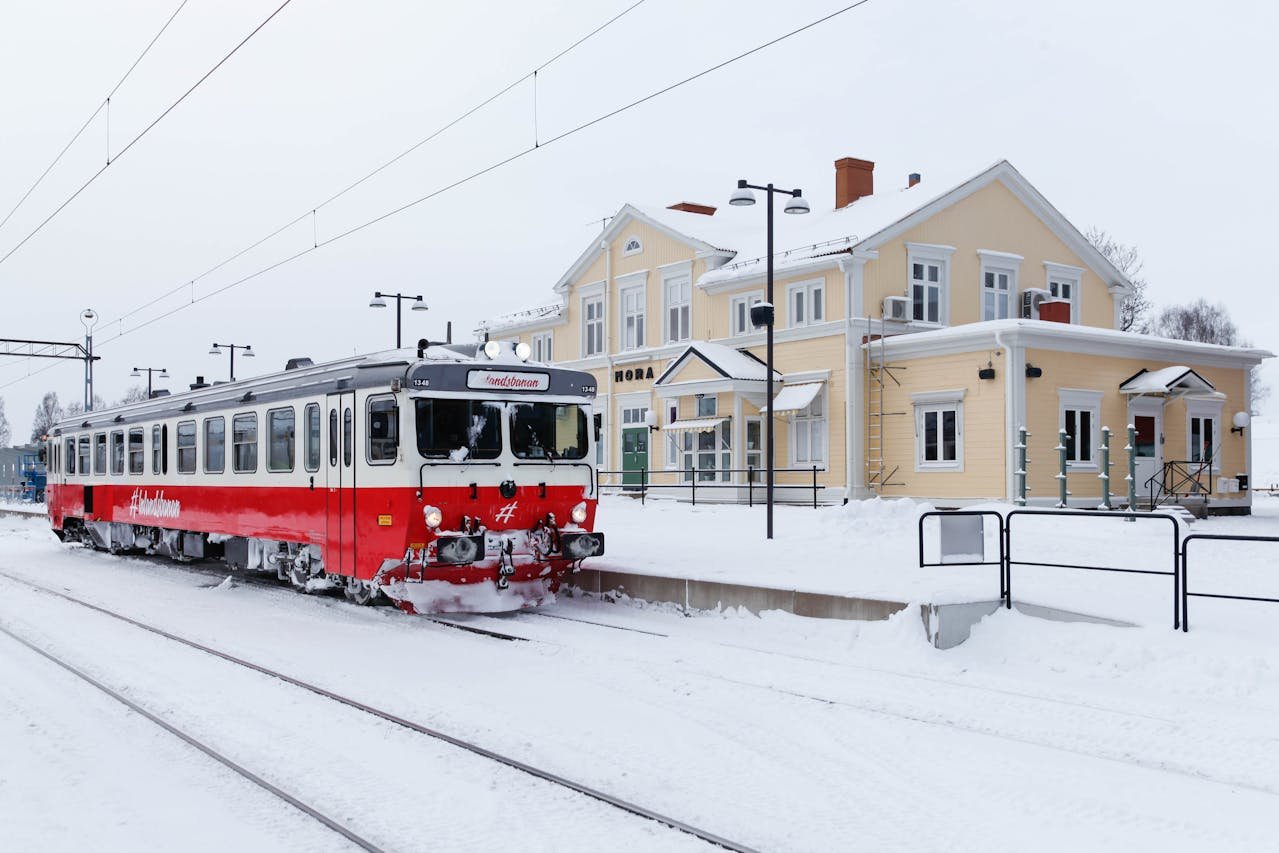
Spring and summer offer the best weather for train travel to France, but also the highest prices and busiest trains. Book early or be prepared to stand for portions of your journey, which is considerably less romantic than it sounds.
Winter travel means cheaper tickets but also the possibility of weather delays. French trains handle snow better than British ones (not a high bar), but severe weather can still cause disruptions.
Autumn might be the secret sweet spot: fewer crowds, reasonable prices, and countryside that looks like someone turned up the color saturation on reality.
Common Mistakes and How to Avoid Them
I’ve made most of the classic train travel errors, so you don’t have to. Here’s what I wish I’d known:
Mistake #1: Assuming all trains require reservations. Some regional trains are first-come, first-served, while TGV trains require advance booking.
Mistake #2: Not validating paper tickets. If you have a physical ticket (increasingly rare), it needs validating in those yellow machines before boarding.
Mistake #3: Underestimating connection times. French stations are often large and confusing. Give yourself buffer time between connections.
Mistake #4: Forgetting about strike days. Check for planned strikes (grèves) before traveling. The French take their labor disputes seriously.
Mistake #5: Overpacking. You’ll need to carry your luggage up stairs, down platforms, and onto trains yourself.
Making the Most of Your Journey
Train stations in France are often located in city centers, meaning you arrive ready to explore rather than facing a lengthy transfer from a distant airport. Use this advantage. Some of my best travel memories involve wandering around a new French city with nowhere to be for a few hours, discovering cafés and bookshops and quiet squares that guidebooks never mention.
Pack light but bring entertainment for longer journeys. French trains have WiFi, but it’s about as reliable as French customer service—sometimes excellent, sometimes mysteriously absent.
Consider bringing food, especially on longer regional routes where dining options might be limited to overpriced sandwiches that taste like they’ve been stored since the Mitterrand administration.
The Environmental Angle (Because Someone Should Mention It)
Let’s briefly acknowledge the elephant in the room: train travel environmental impact. Trains produce significantly fewer carbon emissions per passenger than planes, especially for medium-distance journeys like London to Paris. If you care about such things (and increasingly, we all should), choosing trains over flights for European travel makes a measurable difference.
The Eurostar claims to produce 90% fewer emissions than equivalent flights. Whether you believe corporate environmental claims is up to you, but the basic physics of moving people efficiently makes sense.
Technology and Modern Conveniences
Modern French trains offer amenities that would have seemed magical to travelers even a decade ago. Power outlets at every seat, reliable (mostly) WiFi, air conditioning that actually works, and mobile tickets that eliminate the terror of lost paper confirmations.
The SNCF Connect app deserves particular mention for its ability to store tickets, provide real-time updates, and occasionally work exactly as intended. Download it before you travel, and don’t rely solely on mobile data in tunnels.
When Train Travel Doesn’t Make Sense
Let me be honest about when you should probably fly instead. If you’re traveling from the UK to southern France, the time difference becomes significant. London to Nice by train involves at least one connection and takes most of a day. A flight takes two hours.
Similarly, if you’re traveling with small children, the freedom to move around on a train is offset by the longer journey time and the possibility of delays disrupting carefully planned schedules.
Budget constraints might also favor flying, particularly if you book well in advance or travel with no-frills airlines. Train travel is often more expensive than people expect.
The Future of Train Travel to France
France continues investing in rail infrastructure, with new high-speed lines planned and existing services being upgraded. The upcoming Paris 2024 Olympics legacy includes improved rail connections and station upgrades that benefit regular travelers long after the athletes go home.
Cross-Channel rail competition is also increasing, with new operators potentially offering alternatives to Eurostar’s current monopoly on the London-Paris route.
Conclusion: Embracing the Journey
Traveling to France by train changed how I think about European travel entirely. It’s not just about getting from point A to point B—it’s about rediscovering that the journey itself can be pleasant, civilized, and occasionally even inspiring.
Yes, it takes longer than flying. Yes, it can be more expensive if you don’t plan ahead. But it’s also more comfortable, more environmentally responsible, and infinitely more interesting than staring at clouds from 35,000 feet.
The next time someone suggests you take the train to France, don’t laugh. Consider it seriously. Your knees, your carbon footprint, and your sense of adventure will thank you.
Train travel to France isn’t just transportation—it’s a deliberate choice to slow down, pay attention, and remember that getting there can be almost as rewarding as being there.
Frequently Asked Questions
Question: How long does the Eurostar take from London to Paris? Answer: The Eurostar journey from London St. Pancras to Paris Gare du Nord takes approximately 2 hours and 15 minutes, with direct services running multiple times daily.
Question: Do I need to book Eurostar tickets in advance? Answer: While not strictly required, booking Eurostar tickets in advance is highly recommended for better prices and guaranteed seating, especially during peak travel seasons.
Question: Can I bring luggage on French trains without extra charges? Answer: Yes, French trains including Eurostar and TGV allow standard luggage without additional fees, though you’re responsible for carrying and storing your bags yourself.
Question: What’s the cheapest way to travel by train to France? Answer: Booking well in advance, traveling during off-peak times, and considering OUIGO (budget TGV services) typically offer the most affordable train options to France.
Question: Are French trains reliable and punctual? Answer: French trains are generally punctual, with TGV services maintaining good on-time performance, though occasional delays can occur due to strikes, weather, or technical issues.
Question: Do I need seat reservations for all French trains? Answer: TGV and international trains require reservations, while many regional trains operate on a first-come, first-served basis without mandatory reservations.
Question: What’s the difference between TGV and regular French trains? Answer: TGV trains are high-speed services reaching up to 320 km/h with mandatory reservations, while regional trains are slower, more frequent, and typically don’t require advance booking.
Question: Can I use my UK rail pass on French trains? Answer: UK rail passes don’t work in France, but Eurail and Interrail passes valid for France can be used on most French trains with some restrictions on high-speed services.
Question: What’s the best route from London to southern France by train? Answer: Take Eurostar to Paris, then connect to TGV services heading south—typical journey times are 5-7 hours total depending on your final destination and connections.
Question: Are there direct trains from other UK cities to France? Answer: No, all train services to France from the UK go through London St. Pancras International via the Channel Tunnel, requiring connections for travelers from other UK cities.
Question: What happens if my connecting train in France is delayed? Answer: If traveling on connected tickets, SNCF typically accommodates passengers on the next available service, though separate bookings may require rebooking at additional cost.
Question: Can I bring food and drinks on French trains? Answer: Yes, you can bring your own food and drinks on French trains, and most longer-distance services also offer café cars or food service.
Travel Recommendations and Resources
St. Pancras International Station
London’s magnificent departure point for Eurostar services, featuring shops, restaurants, and the longest champagne bar in Europe.
Gare du Nord Paris
Paris arrival station with excellent metro connections and onward rail services throughout France.
Seat61 – The Train Travel Guide
Comprehensive independent resource for European train travel with detailed route information and booking advice.
SNCF Connect Mobile App
Available on iOS and Android app stores
Official French railway app for booking, managing tickets, and real-time travel information.
Rome2Rio Journey Planner
Multi-modal journey planning tool helpful for complex train connections across Europe.
Citymapper
Essential for navigating public transport in Paris and other major French cities upon arrival.
European Railway Map
Interactive map showing train connections across Europe for broader travel planning.
French Tourism Development Agency
Official French tourism site with destination information and travel planning resources.
Channel Tunnel Shuttle (for cars)
Alternative option for bringing vehicles through the Channel Tunnel to France.
AccesRail Disability Travel
Specialized assistance for travelers with mobility needs using European rail services.
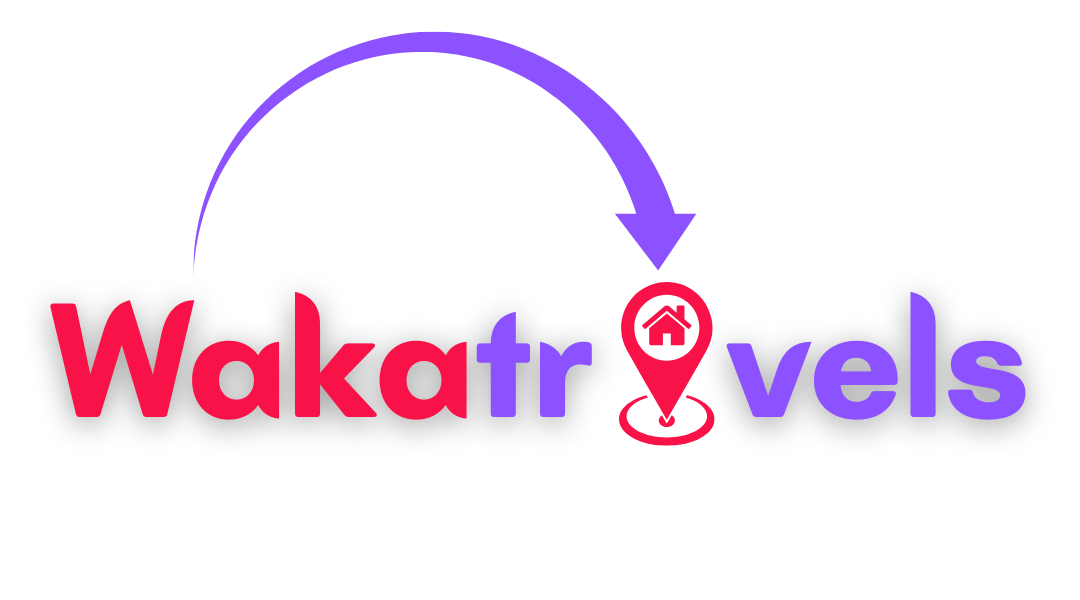
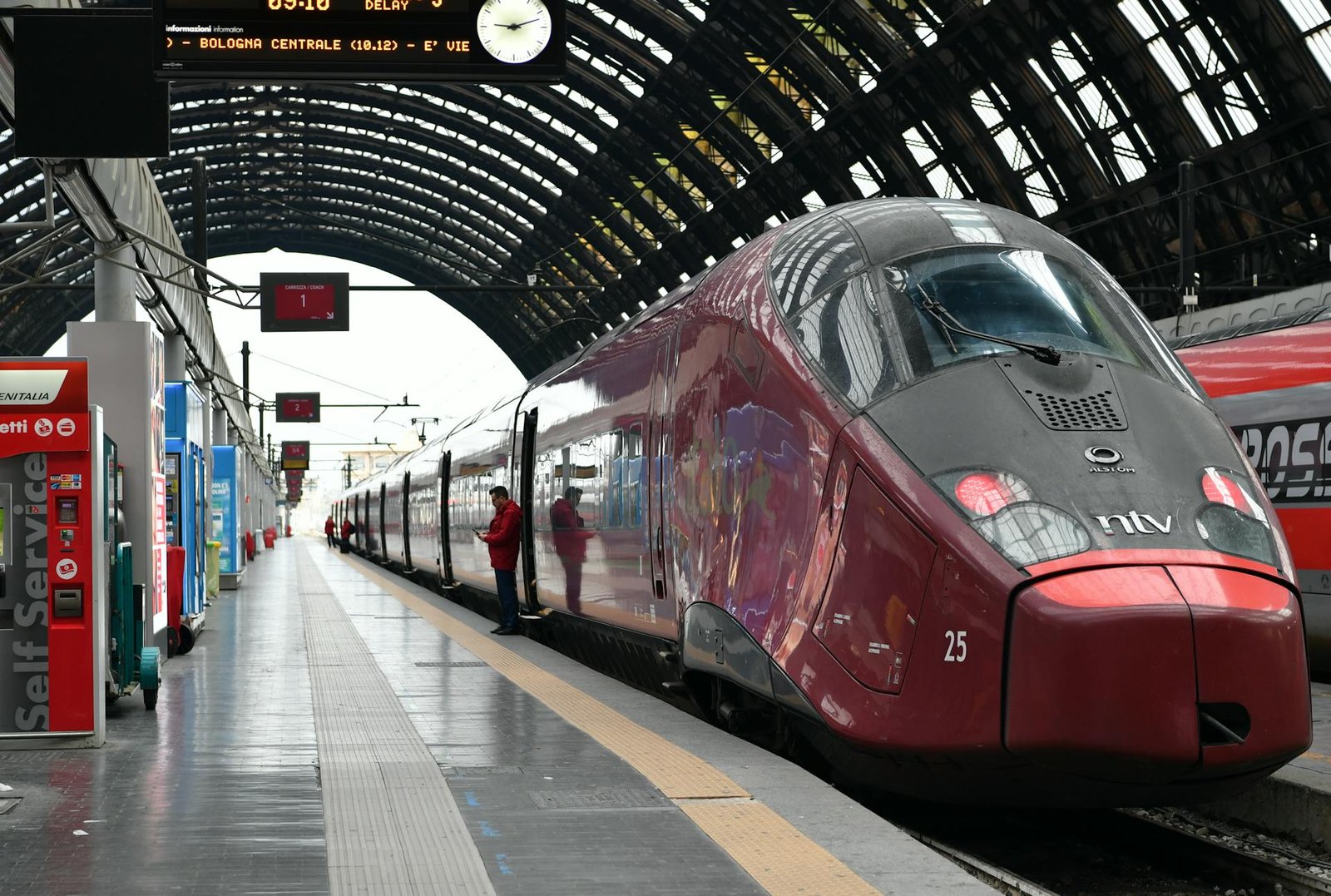


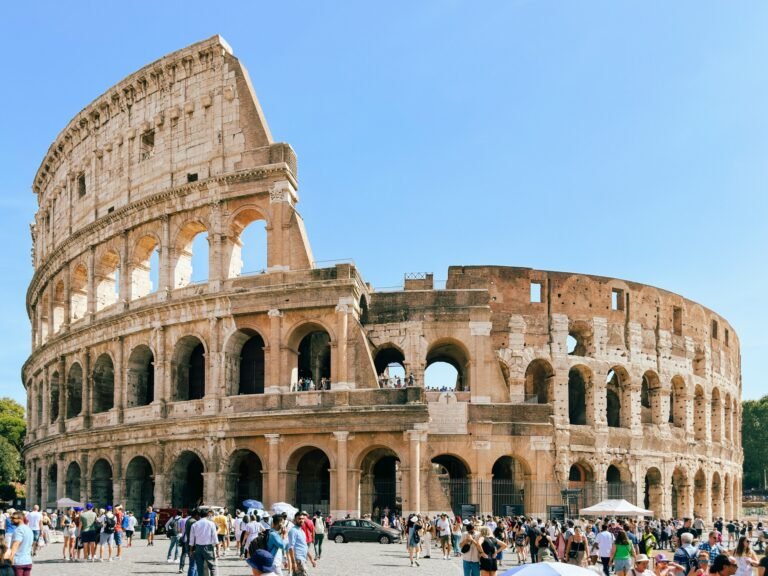
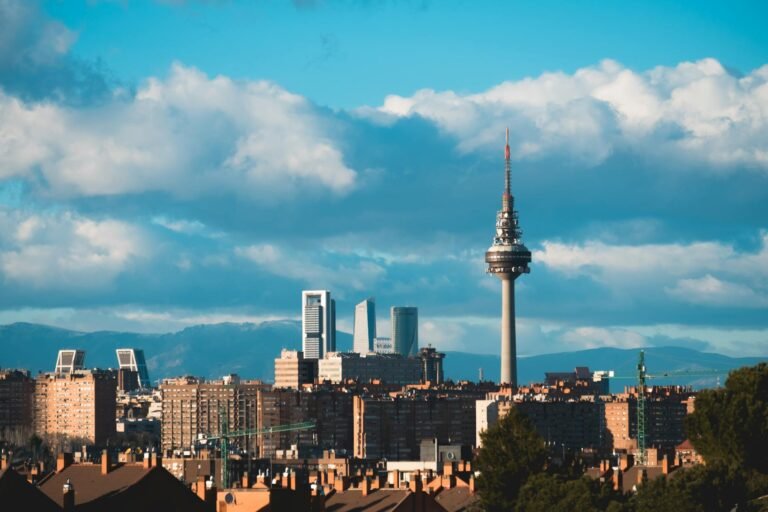
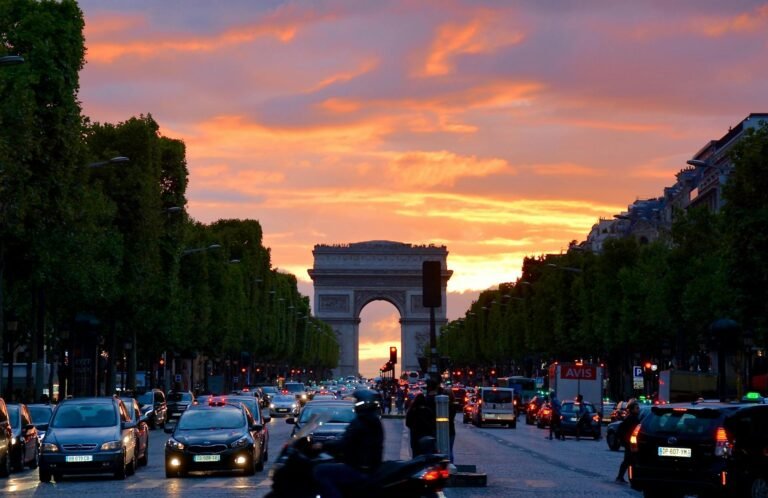
I don’t think the title of your article matches the content lol. Just kidding, mainly because I had some doubts after reading the article.